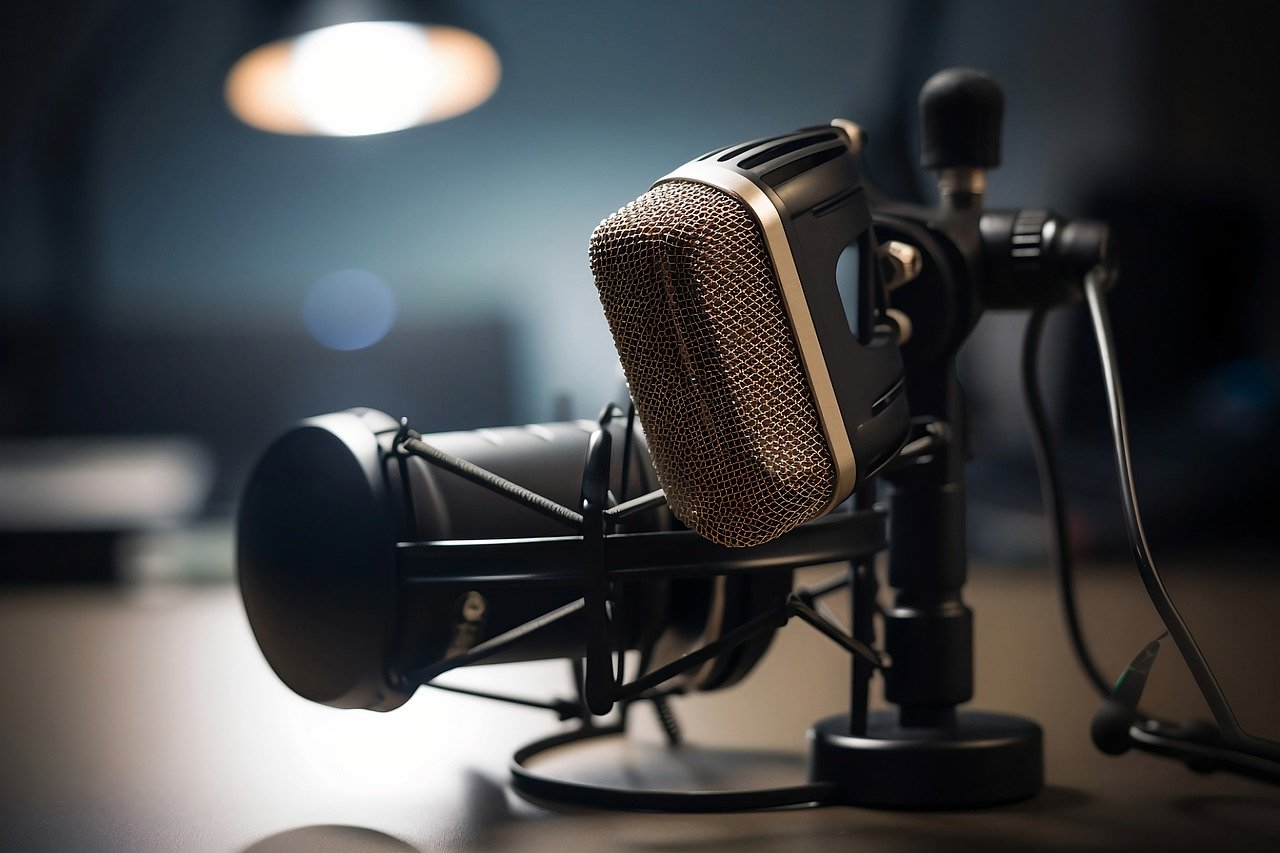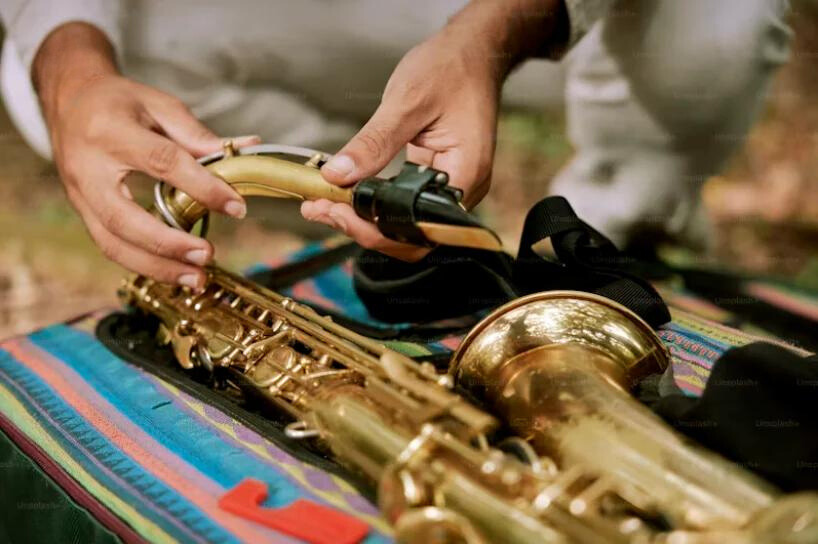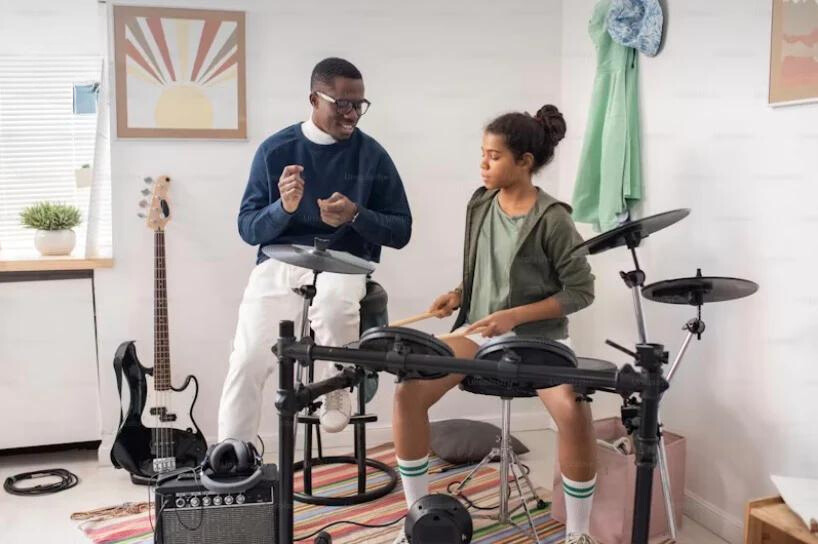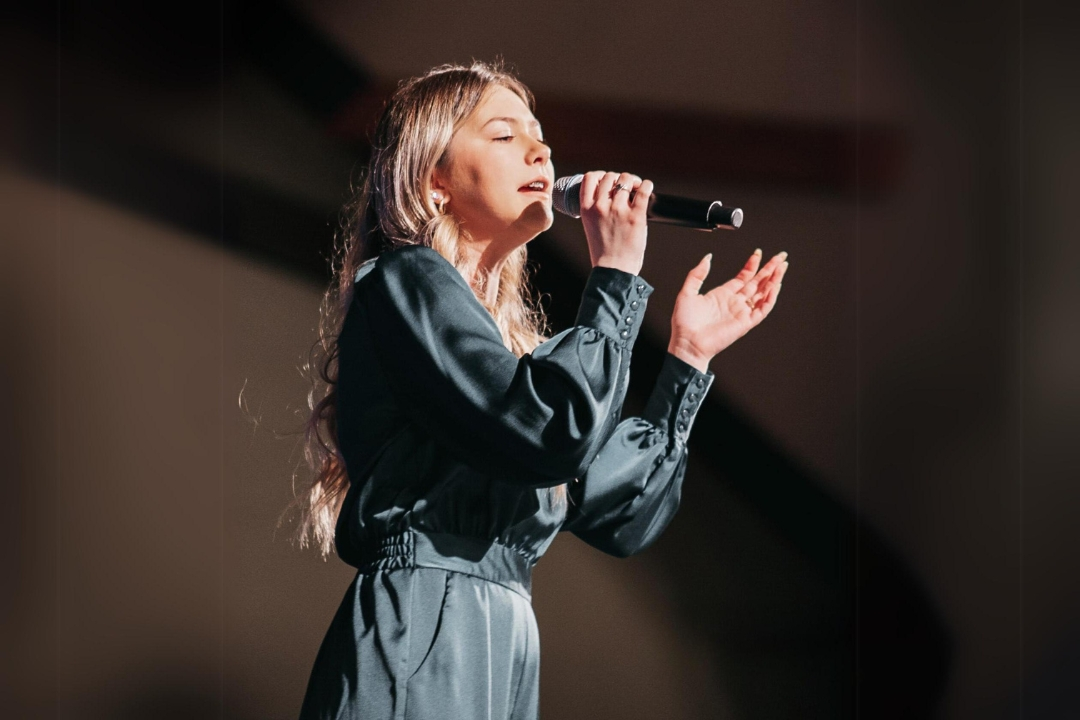Approaches to Noise Control in Recording Environments
1. Structural and Acoustic Modifications
A. Barrier-Based Soundproofing
-
Multi-layered Construction: Install dense, decoupled walls with materials like mass-loaded vinyl (MLV) or specialized drywall to block airborne noise.
-
Vibration Isolation: Implement floating floors with neoprene pads or spring mounts to decouple the studio from structural vibrations (e.g., street traffic, HVAC systems).
-
Compartmentalization: Design isolated zones for loud equipment (e.g., servers, amplifiers) to prevent interference with recording areas.
B. Acoustic Conditioning
-
Frequency-Specific Absorption: Deploy hybrid panels combining porous absorbers (for mid/high frequencies) and resonant absorbers (for bass frequencies).
-
Diffusive Surfaces: Install quadratic residue diffusers (QRDs) or skyline diffusers to break up standing waves and create balanced reverberation.
-
Air Gap Sealing: Use acoustic putty for electrical outlets and ductwork, and install automatic door sweeps to eliminate flanking noise paths.
2. Equipment and Signal Chain Optimization
A. Microphone Strategies
-
Polar Pattern Utilization: Leverage shotgun mics for highly directional pickup or boundary mics for phase coherence in voiceover booths.
-
Proximity Effect Management: Train vocalists to maintain consistent distance from mics to avoid low-frequency buildup.
B. Vibration and Interference Mitigation
-
Ground Loop Elimination: Use DI boxes with ground lift switches and balanced XLR cables to suppress electrical hum.
-
RF Shielding: Enclose digital devices in Faraday cage-inspired enclosures to block radio frequency interference.
C. Gain Staging
-
Optimize preamp gain levels to avoid amplifying inherent system noise while preserving dynamic range.
3. Operational Protocols
-
Noise Audits: Conduct spectral analysis during silent intervals to identify and target persistent noise profiles (e.g., 50/60Hz mains hum).
-
Zoned Workflows: Schedule loud activities (e.g., file rendering) during non-recording periods.
-
Talent Training: Educate vocalists on minimizing clothing rustle, jewelry noise, and off-axis speech.
4. Advanced Post-Production Techniques
-
AI-Powered Restoration: Tools like Accusonus ERA Bundle or Adobe’s Enhance Speech for automated noise/artifact removal.
-
Multiband Dynamic Processing: Combine expanders and dynamic EQs to surgically attenuate intermittent noises (e.g., chair creaks).
-
Ambient Layering: For unavoidable low-level noise, add subtle room tone to mask inconsistencies during edits.
5. Scalable Solutions for Varied Budgets
| Tier | Approach |
|---|---|
| Professional | Anechoic chamber design + multi-layer MSM isolation + Dante AVB networking |
| Mid-Range | Modular acoustic panels + USB-C interface with DSP processing |
| Budget-Friendly | Moving blankets on C-stands + dynamic mics with built-in high-pass filters |







